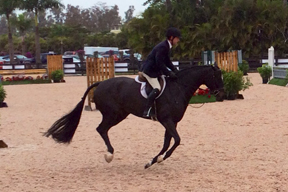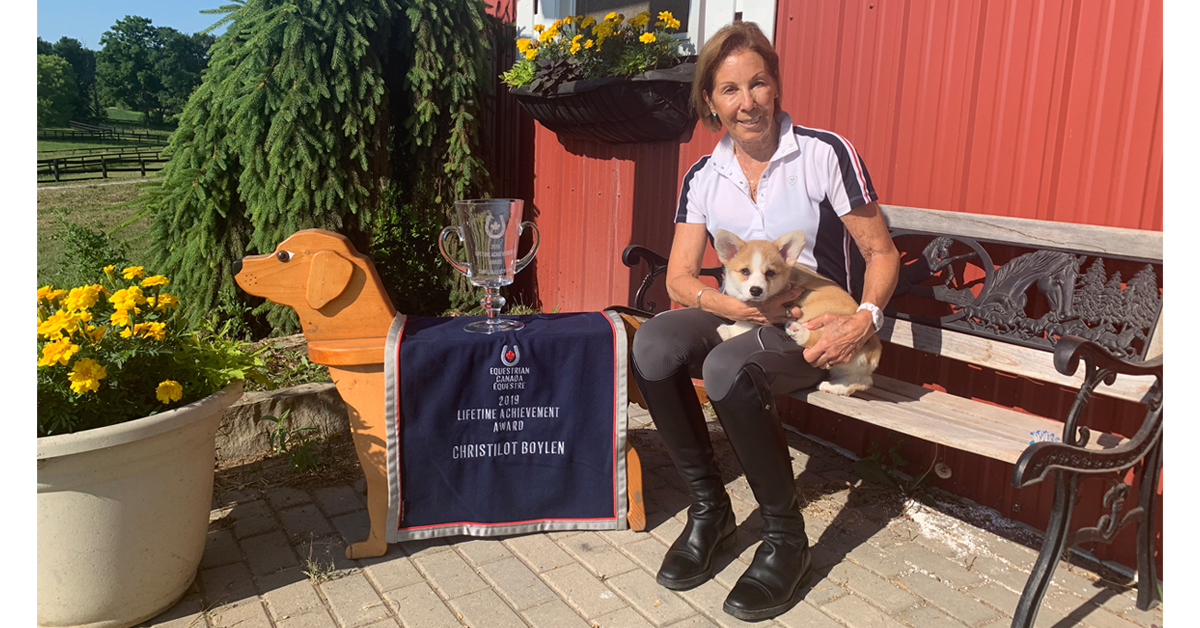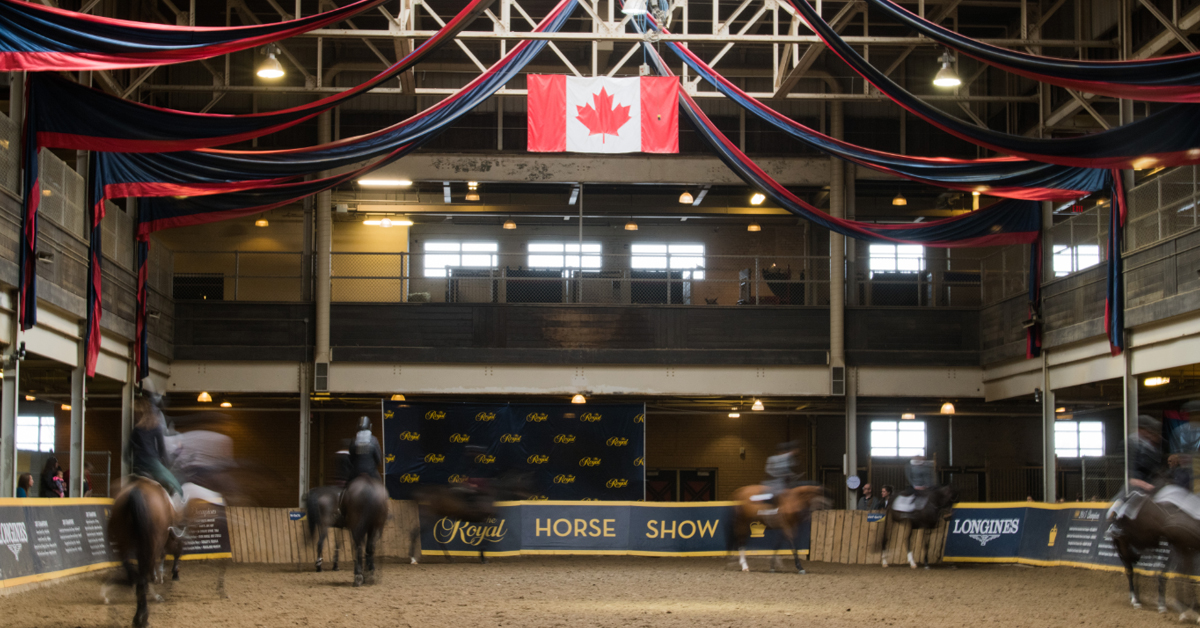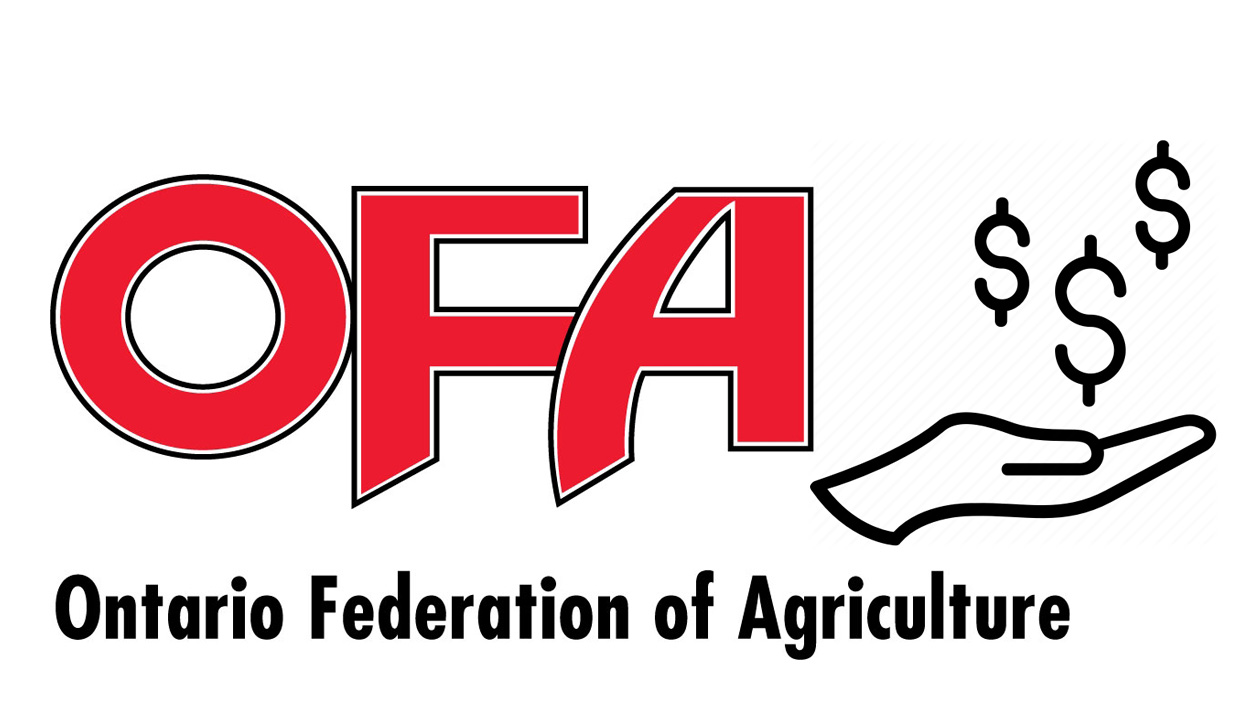
Lovely grounds, with the Rolex clock showcased.
Although rain and cool weather dampened the excitement and cheery faces normally seen on the first day of the WEF circuit, on my return for week three, I am reporting that Wellington is alive and sizzling – action wise, since it has still been on the cool side for all but Sunday.
Each Thursday during the circuit, a complimentary lunch and lecture is held at the show grounds at one of the enclosed areas overlooking the International Ring. Anyone may attend who is a rider, owner or trainer. (You don’t have to be an owner of a Florida horse).
The discussion for this week involved current therapies in the management of soft tissue injuries – plus we were served chicken piccata for lunch! A lecturer from Tufts University advised that since horses’ tendons degenerate over time, it takes just one bad step for a soft tissue injury to occur. The horse’s body, upon injury, lays down scar tissue quickly to get healing to occur. However, this scar tissue is not strong, so the goal is to minimize the scarring and get the area back to what it was before the injury. The newest therapies involve PRP (platelet rich plasma) and stem cells. Fat harvesting was also discussed. I’ll let you all look that one up yourselves – it’s not for the squeamish.

William Micklem, international coach, trainer and author from Ireland.
On Friday morning, the Horseware Ireland booth’s guest was William Micklem, international coach, trainer and author from Ireland. (During George Morris’ horse-mastership course this year he commented to one of his teenaged students -“I like your horsemanship, Michael, you must have Irish blood in your veins!”) William brought a horse skull with him to demonstrate the fragile nature of the bottom of the horse’s nosebone and the significant difference in width between the horse’s upper and lower jaw. His Micklem bridle is “designed from the inside out to accommodate all the hidden aspects of the horse’s skull that cause so many horses to be uncomfortable – in particular the different widths of the upper and lower jaws and the position of the motor and sensory nerves of the head.” It is used instead of a bridle with a dropped noseband or flash, while riding jumpers, eventers and has been approved for use in dressage tests that are ridden in snaffle bits. William’ website is www.WilliamMicklem.com where you can find many of his own fascinating articles.

Carrera, a pre green hunter, owned by Spruce Meadows, ridden by Peter Pletcher.
Friday brought excitement to Dressage land at the Global Dressage Festival with the Grand Prix Freestyle held at 4 pm involving many exhibitors and spectators. A chill was in the air as the sun went down, but Canada’s marvelous performance by Diane Creech and Devon L to take second place (to Lars Petersen) lit up the enthusiastic group of Canadians attending. Jill Irving from Canada, on Pop Art, was fifth.
The show week really starts on Tuesday with the weekly Ride and Learn series where riders are coached by a highly regarded coach, trainer and often rider for $100 per rider and complimentary auditing. The theme for this week’s lesson is Ponies – Road to the Finals with Charlie Moorcroft, an excellent trainer of children and ponies. Next week’s clinic will be taught by Geoff Teall on Developing a Winning Hunter Style. A judges’ clinic – a practical horse/rider part is also on at the show grounds Tuesday. There’s no end to the learning that goes on here at WEF. What a way to spend the winter!
More from Horse Sport:




